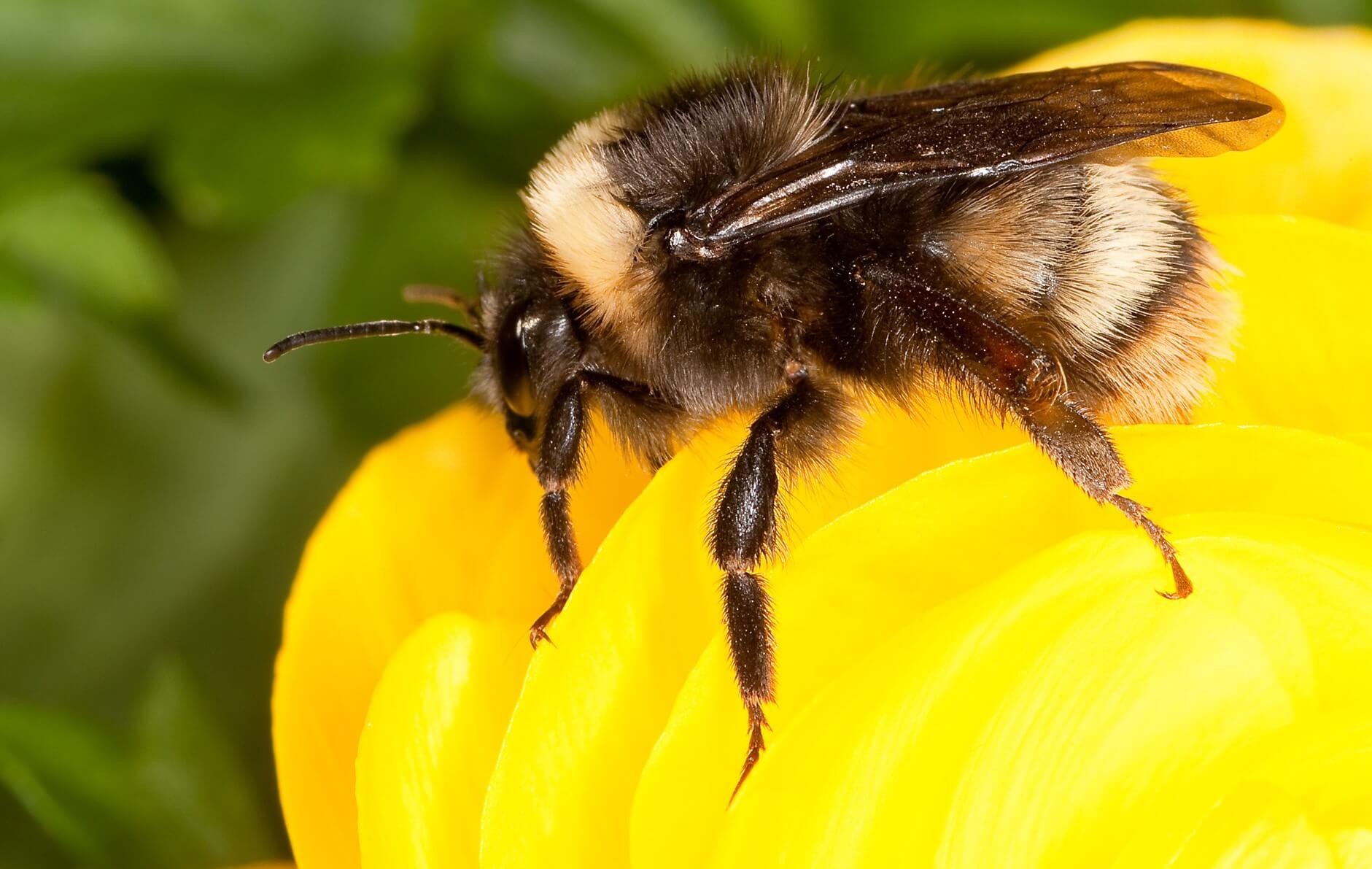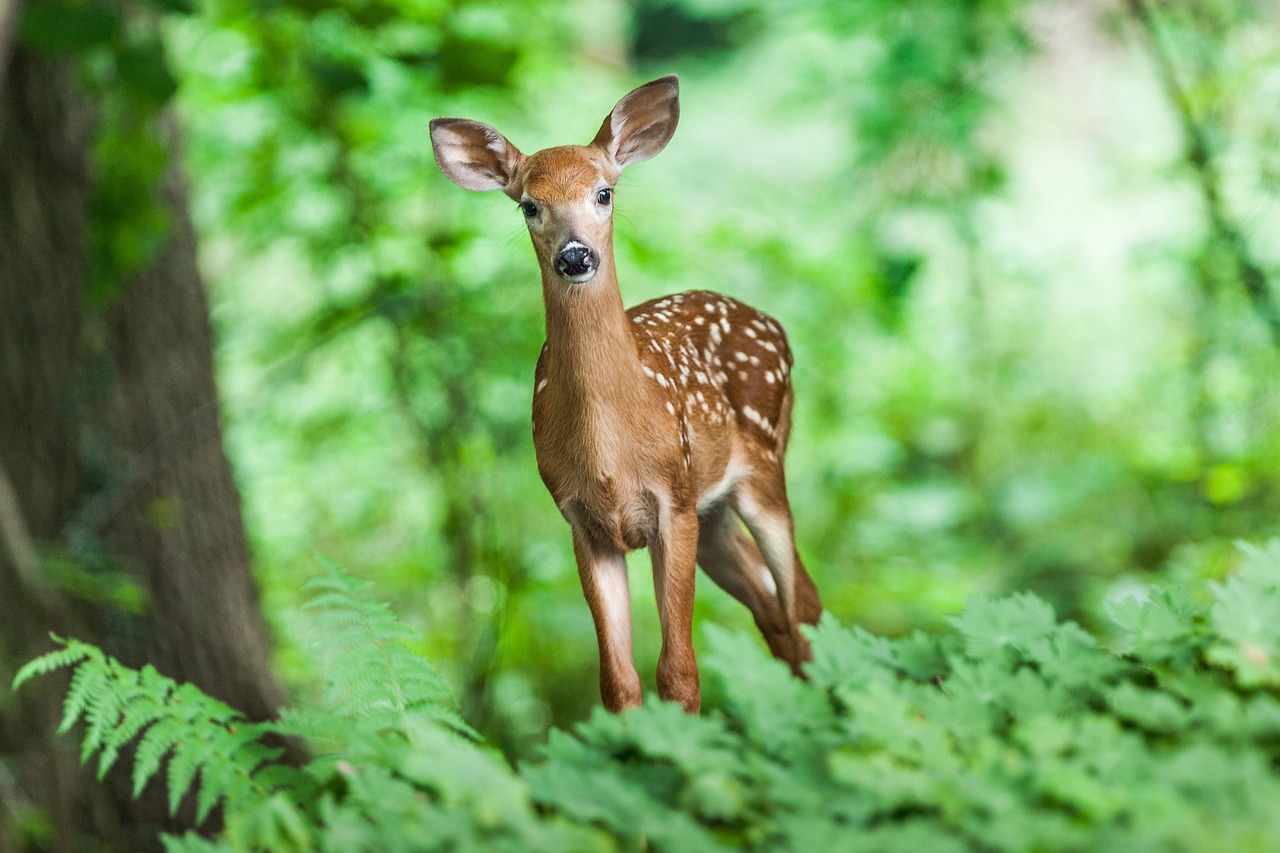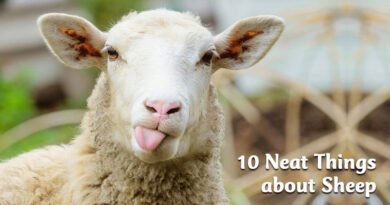Buzzing Around: Bumblebees
By Sharon Moffat
There are few insects that are as kindly thought of as bumblebees. They are often portrayed in children’s stories and poems as friendly, happy characters that seldom cause trouble. Their name “bumble” derives from Latin roots meaning “to buzz or drone” which clearly describes the sounds heard from bumblebees. In a more modern sense, “bumble” also means to move awkwardly or ineptly which characterizes the manner in which bumblebees seem to fly around from flower to flower. They appear more relaxed in their efforts than their hard-working honey bee cousins.
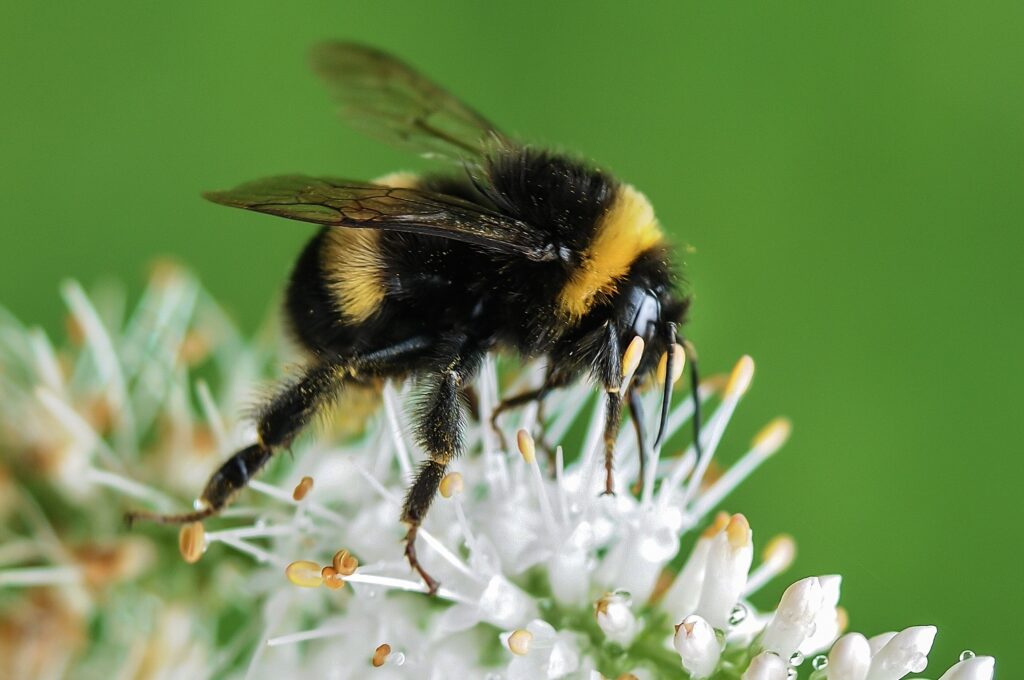
Bumblebees (Bombus) are easily recognized by their quite large, plump-looking size and their distinctive black and yellow banding, which sometimes includes orange markings as well. Their roundish bodies are very well covered with hairs that are quite soft and fuzzy. They are rarely territorial or aggressive like wasps and generally don’t sting people but will if they feel threatened enough.
Social insects
Bumblebees are social insects in the insect order Hymenoptera which includes other highly social insects such as wasps and ants. Just like honeybees, bumble bees live in colonies with a queen, workers and drones, but their colonies are much smaller in number than those of the honeybees. Bumblebee colonies, or nests, are typically found in the ground in the abandoned nests of other creatures such as mice and burrowing birds. In Canada, bumblebee nests are newly created on an annual basis. Only fertilized queens will overwinter and in the spring these queens will each find a suitable nesting site to build their colonies.
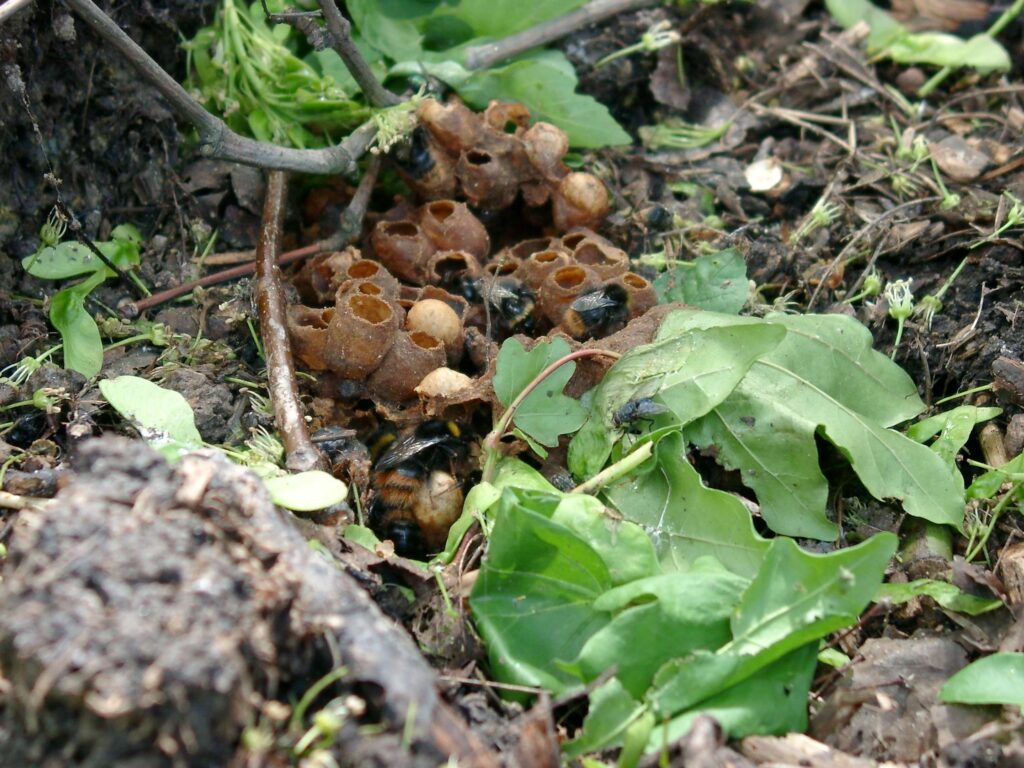
Important pollinators
Bumblebee workers forage for nectar and pollen to feed themselves and the young in the colony. They have long, hairy tongues to gather nectar from flowers and are especially good for helping to pollinate plants with deep flowers such as some of the commercially grown clovers.
The hind leg of the female bumblebee is modified to have an area with a pollen basket. This is a bare area that is surrounded by hairs, and it is in this spot that bumblebees transport the pollen they collect from the many, many flowers they visit every day. They can carry relatively large amounts of pollen which can be very easily seen on almost any bumblebee a person encounters.
It is this pollen collecting of the bumblebees that makes them so incredibly important to food production in the world. While most cereal grains are pollinated by the wind, the vast majority of fruit and nut crops, lots of vegetables and other agricultural crops like cotton and clovers, are pollinated by insects – primarily honey and bumble bees. Bumble bees are especially good at pollinating tomatoes and are increasingly being used commercially in Europe in greenhouse tomato productions. It is also interesting to note that unlike honey bees, the robust, hairy bumblebees will continue to collect nectar and pollen on cloudy, cool and rainy days.
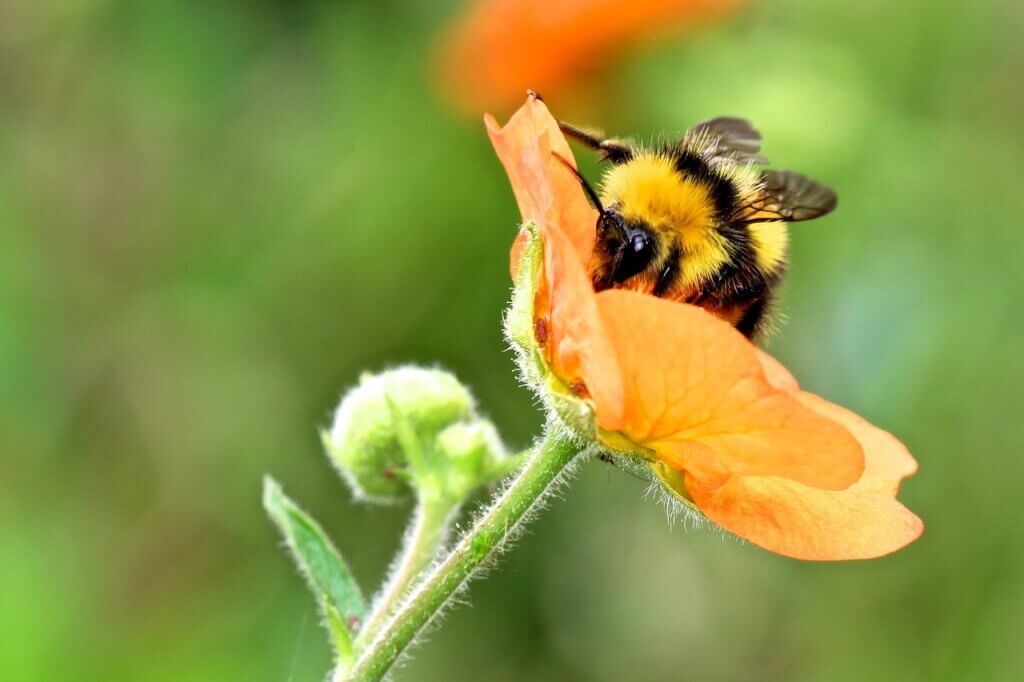
Numbers declining
In recent years, much has been reported about the modern stressors affecting bees, primarily honeybees but most bees are under stress, including bumblebees. Some native species are suffering more than others but the bumblebees that are seeing declines in numbers are likely being affected by the same factors that are causing decreases in honeybees. So as with all beneficial insects, it is important in gardens to grow plants that are attractive to these insects. Bumblebees especially like flowering plants such as those in the mint family like monarda (also called bee balm), sunflowers and clovers. A diversity of plants in the garden is always a good idea for providing plenty of food choices for bumblebees. It can also be beneficial to leave areas of unmown native grasses, brush areas or dead trees for nesting habitats.
Sharon Moffat has a Plant Science degree from the University of Manitoba and has worked for the City of Winnipeg’s Insect Control Branch.




